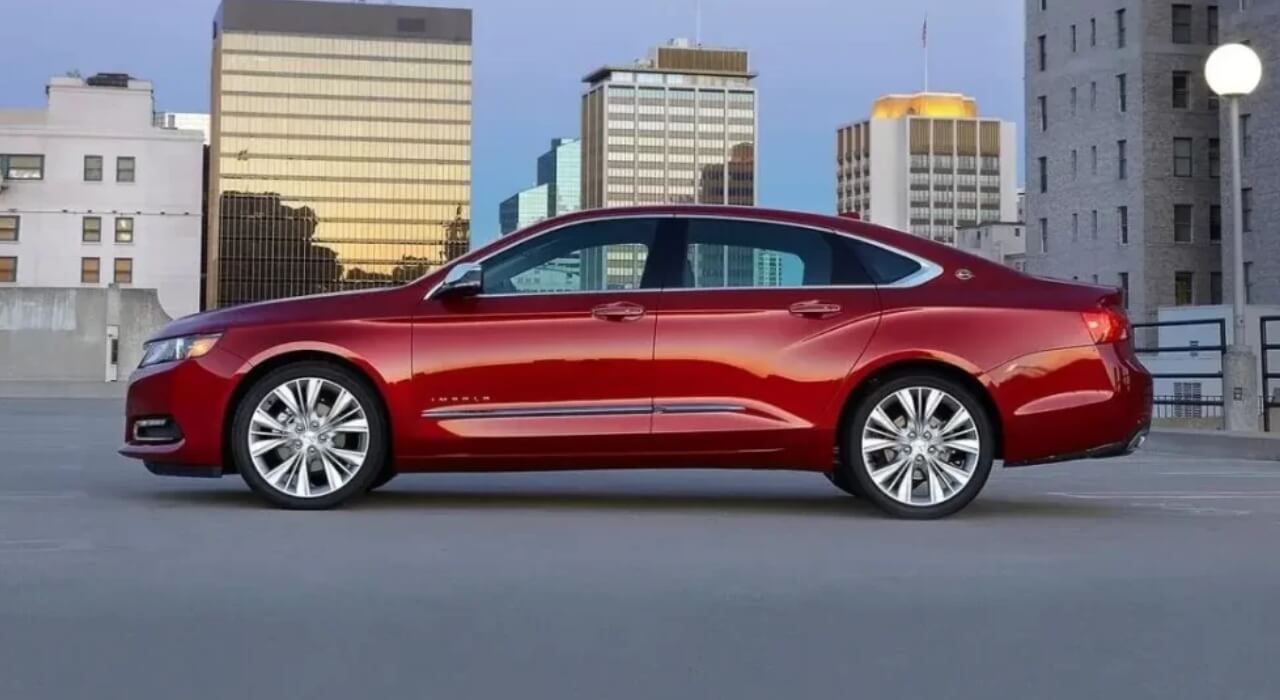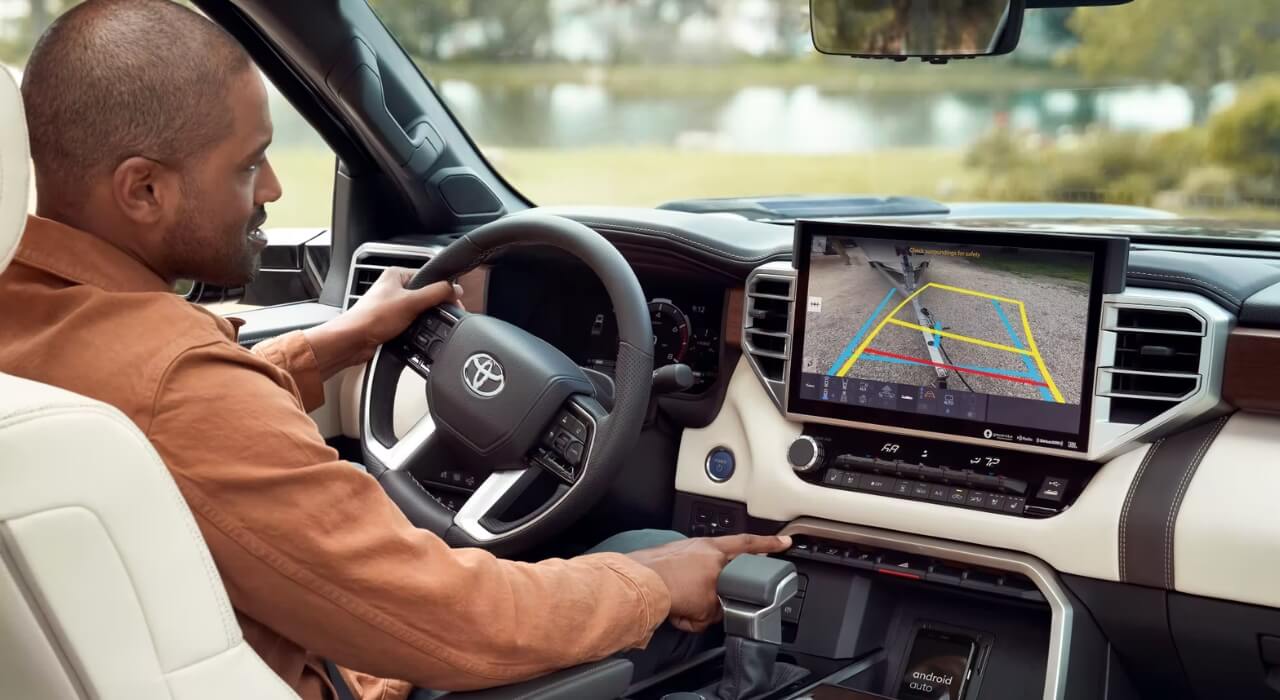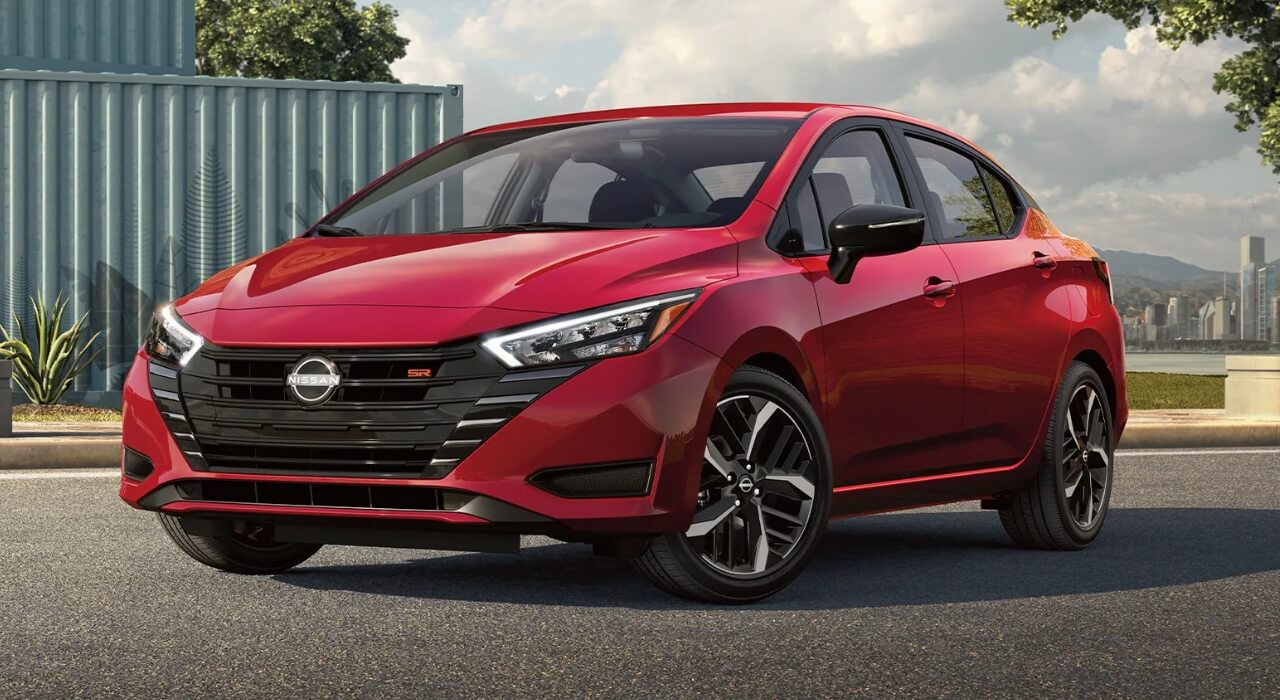Defensive driving involves taking active steps to avoid accidents and keep you and your passengers safe on the road. It’s an essential skill for every driver, yet most people are unaware of its importance or how to practice it.
This article will help you become a master of defensive driving by discussing its importance and providing key strategies to keep you safe on the road.
Importance of Safe Driving
Defensive driving is crucial for several reasons. It reduces the likelihood of accidents by anticipating potential dangers, minimizes the severity of accidents if they do occur, improves overall situational awareness and decision-making skills while driving, enhances driver confidence, and reduces stress.
Driving under the influence (DUI) is a severe offense with serious consequences. In addition to fines, license suspension, and possible imprisonment, individuals caught driving under the influence may be required to attend educational programs such as 16-hour DUI classes in Arizona to understand the dangers of driving while intoxicated. Practicing defensive driving decreases the likelihood of causing an accident and helps prevent DUI incidents.
The Fundamentals
To develop the essential skills for defensive driving, consider the following basic principles:
- Always maintain a safe distance from other vehicles to provide ample time to react in case of any sudden changes
- Remain vigilant and aware of your surroundings by regularly scanning your mirrors and blind spots
- Obey speed limits and adjust your speed according to the conditions (rain, fog, heavy traffic, etc.)
- Anticipate potential hazards and the actions of other drivers by looking ahead and analyzing the road situation
Adapting to Different Situations
Defensive driving requires adapting to various road conditions. Here are some suggestions for common driving scenarios:
- Rainy weather: Slow down and maintain extra space between vehicles. Brake gently to avoid skidding and use your headlights for visibility.
- Fog: Use your fog lights or low beams, and keep your distance from other vehicles. Listen out for approaching traffic and be prepared for rapidly changing conditions.
- Heavy traffic: Keep a safe following distance, be extra attentive to unexpected maneuvers by other drivers, and make gradual lane changes when necessary.
Encountering aggressive drivers can be intimidating, but implementing defensive driving skills can help keep you safe. Try to stay calm and avoid engaging or escalating the situation. Keep sufficient distance from the aggressive driver to maintain your own safety, do not attempt to block or prevent overtaking at all costs, and report the aggressive driver to authorities if their behavior is endangering others.
Optimizing Your Vehicle and Your Habits
A well-maintained vehicle plays a significant role in ensuring your safety on the road. You should regularly check and maintain optimal tire pressure for different driving conditions, keep your windshield clean and your wipers in good condition for clear visibility, properly adjust your mirrors to minimize blind spots, and stay up to date on regular vehicle maintenance such as oil changes, brake checks, and battery services.
Suggestion: Best Spark Plugs For 5.3 Silverado To Maximize The Performance
Practicing good driving etiquette is crucial in ensuring safety and promoting a comfortable driving environment for all. A few habits you should strive to develop include signaling your intentions early to give other drivers enough time to react, yielding to pedestrians and following the right-of-way rules, staying off your phone, avoiding distractions while driving, and staying calm and patient even when confronted with challenging driving situations.
Assessing Road Conditions
Understanding and respecting road conditions is essential in defensive driving. Being aware of potential hazards on the road can save lives. Always try to assess the condition of the road surface, looking out for potholes, cracks, and debris.
Watch for animals, especially in rural areas, and prepare for the possibility of crossing wildlife. Take note of road signs and adjust your driving accordingly (sharp turns, limited visibility, merging lanes, etc.), and use caution when driving through construction zones.
Safe Use of Technology
While technology can be an asset in ensuring a safe driving experience, it’s important to use these tools responsibly. When incorporating technology into your driving routine, make sure you set everything up to be efficient while minimizing distractions. Set up your navigation system and any driving aids before you begin driving.
Use hands-free tools for phone calls and avoid texting or using mobile devices while driving. Don’t rely solely on backup cameras and sensors; continue to perform visual checks and utilize your mirrors. Ensure all devices are mounted securely and positioned to minimize distraction
Mastery of defensive driving techniques can not only enhance your safety but also contributes to a safer driving environment for everyone on the road. By practicing the strategies discussed in this article, you can become a more skilled, vigilant, and confident driver who is better equipped to handle the unexpected challenges that can arise while traveling on the open road.



















